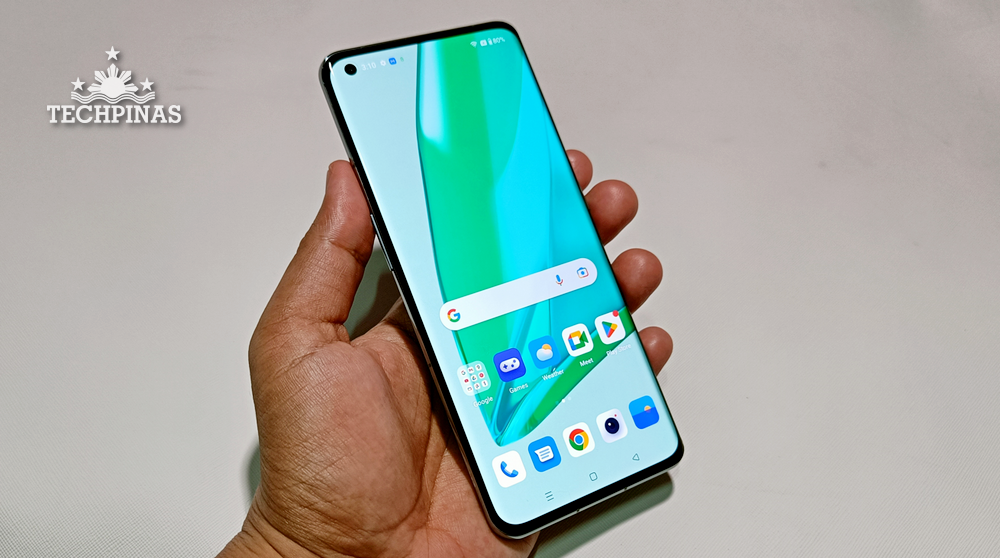What is LTPO Display on Smartphones? What Are Its Benefits and Disadvantages?
LTPO (Low-Temperature Polycrystalline Oxide) display technology is a
promising advancement in the world of smartphones. As our handsets become more powerful and feature-packed, there is a growing need for display
technologies that can offer better power efficiency and longer battery
life.
In this article, we will take a closer look at what LTPO display
technology is, how it works, and what makes it great for smartphones. We will
explore the benefits and drawbacks of the technology and examine its potential
for the future of smartphone displays.
What is LTPO Display Technology?
LTPO display technology is a type of thin-film transistor (TFT) or active-matrix organic light-emitting diode (AMOLED) screen that uses
polycrystalline oxide to create transistors on a thin film. LTPO displays are
characterized by their low-temperature operation, which allows for better
power efficiency and longer battery life. In traditional TFT and AMOLED displays, each
pixel is refreshed at a fixed rate, regardless of the content being displayed.
This can lead to unnecessary power consumption, as the display is refreshing
pixels that are not changing. With LTPO displays, each pixel can be refreshed
independently, allowing for dynamic refresh rates that can adjust to the
content being displayed. This means that the display can refresh only as much
as needed, reducing power consumption and conserving battery life.

OnePlus 11 5G features a 6.3-inch 2K LTPO3 Fluid AMOLED display.
As I've shared above, LTPO technology can be applied to AMOLED displays. In fact, most of the current implementations of LTPO displays are AMOLED displays, which offer better color accuracy, contrast, and energy efficiency compared to other types of displays. The combination of LTPO technology and AMOLED displays allows for better power efficiency by dynamically adjusting the refresh rate of the display depending on the content being displayed.
Benefits of LTPO Display Technology for Smartphones
One of the primary benefits of LTPO display technology for smartphones is its
power efficiency. With dynamic refresh rates, LTPO displays can significantly
reduce power consumption compared to traditional mobile device displays. This means that
smartphones with LTPO displays can offer longer battery life, making them more
convenient for users who need their devices to last throughout the day. LTPO
displays are particularly useful for smartphones with high refresh rate
displays, as they can dynamically adjust the refresh rate to reduce power
consumption without sacrificing the user experience.
Another advantage of LTPO displays is their ability to maintain a low power
state when displaying static images. This means that the display can consume
very little power when displaying a static image, such as a still photo or an
app icon. This can further extend the battery life of smartphones,
particularly when users are not actively using their devices.
LTPO displays are also well-suited for use in smartwatches, which require long
battery life due to their small size. With LTPO displays, smartwatches can
offer always-on displays without sacrificing battery life. This means that
users can easily check the time or other information without needing to wake
up the display, making smartwatches more convenient to use.
Disadvantages of LTPO Display Technology
Despite its benefits, LTPO display technology does have some drawbacks. One of
the primary challenges is the cost of production. LTPO displays are more
expensive to manufacture than traditional displays, which can make them
less accessible to smartphone manufacturers.
Additionally, LTPO displays are
still a relatively new technology, which means that there are fewer suppliers
and manufacturers compared to traditional smartphone displays. This can lead to
supply chain issues and potentially limit the availability of devices with
LTPO displays.
The Future of LTPO Display Technology
Despite the challenges, LTPO display technology holds great promise for the
future of smartphone displays. With its power efficiency and dynamic refresh
rates, LTPO displays can significantly improve the user experience while also
extending the battery life of devices. As the technology matures and becomes
more widely adopted, we can expect to see more devices with LTPO displays in
the coming years. In particular, LTPO displays are likely to become more
common in high-end smartphones and smartwatches, where battery life is a key
consideration. Overall, LTPO display technology represents an exciting.

